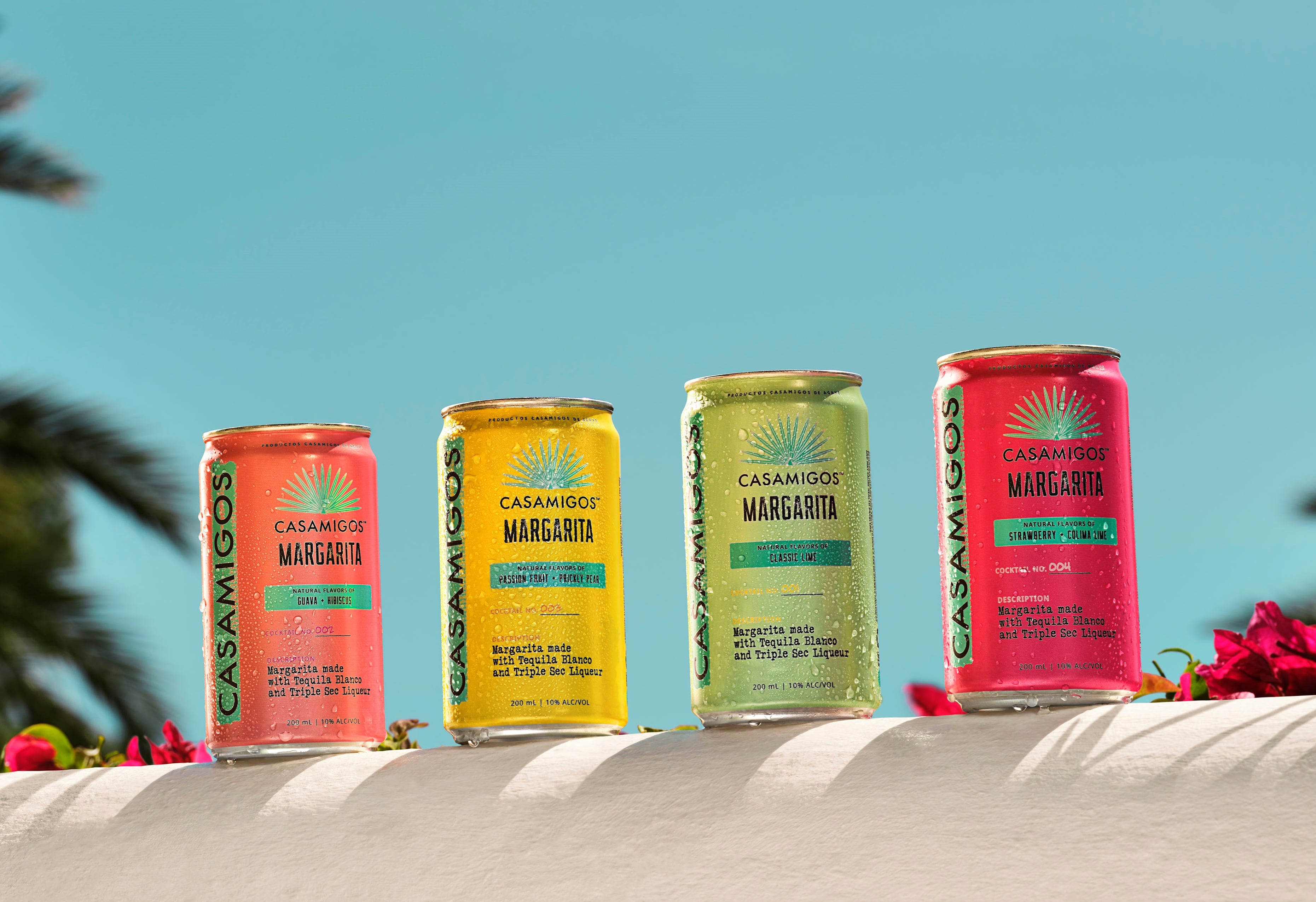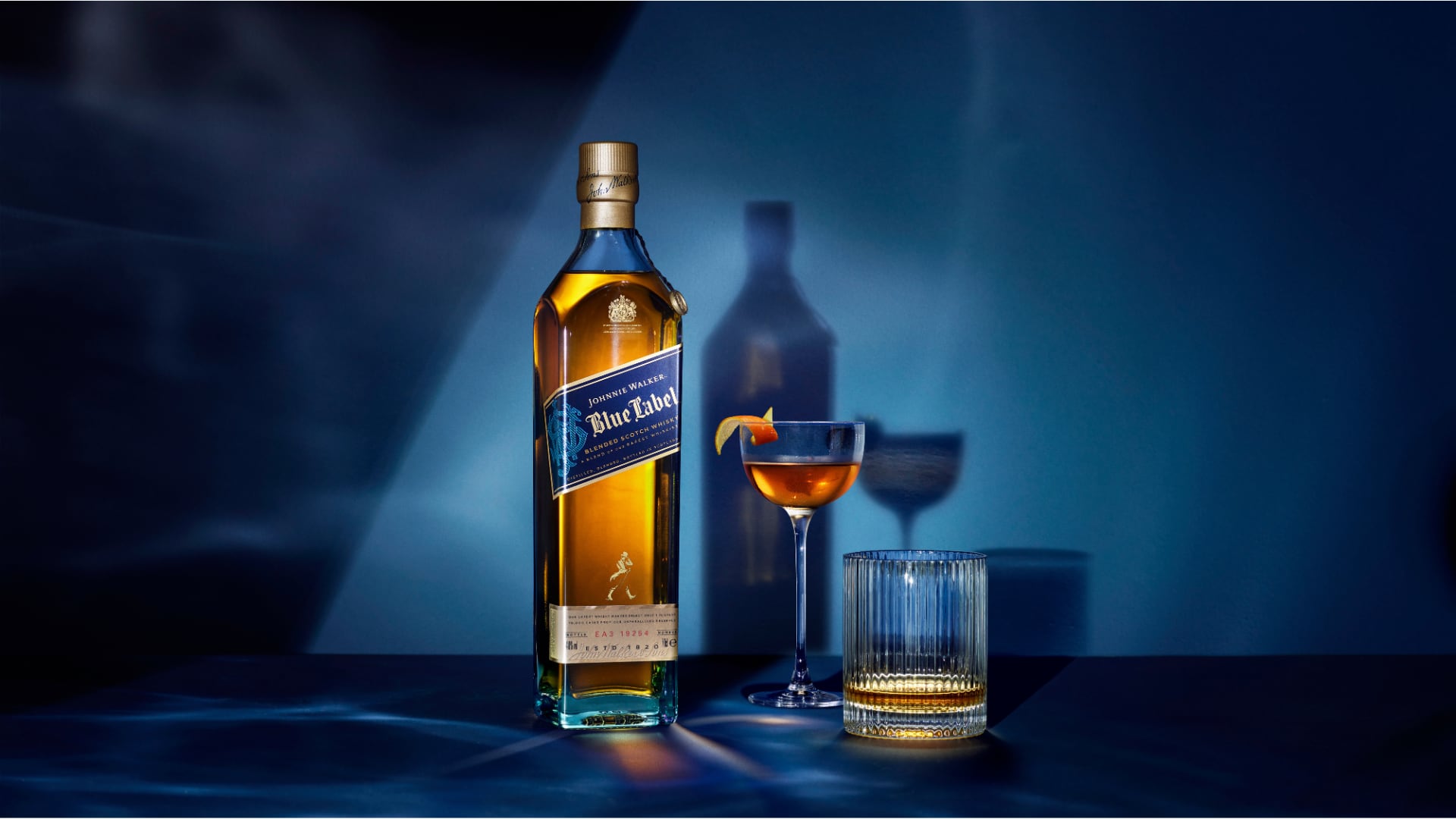Barbecues, pool parties and picnics: summer has already hit the northern hemisphere with a bang. But what are the drinks that are accompanying these classic summer moments?
Summer 2025 brings some new shifts into interesting ideas, which are ripe for innovation and exploration. We ask our panel of spirits and cocktail experts to reveal the top trends they’re watching this summer: and look at where the trends could go next.
Flavors: Shifting away from sweet
Alcohol gives drinks a layer on complexity that doesn’t necessarily need to rely on sweet. Nevertheless, sweetness still tends to be a dominant profile in many cocktails and alcoholic drinks.
But the direction of travel is shifting in 2025.
Bitter is one profile that’s particularly interesting, says Allison Varone, head of marketing at Campari America, who sees cocktails with bitter notes continue to resonate with consumers.
“Bitter is booming and we don’t see the momentum slowing anytime soon,” she said.
“There’s a clear and growing appreciation for bold, complex flavor profiles, and drinks like the Negroni and Aperol Spritz are thriving because they sit at the intersection of timeless sophistication and modern refreshment.”
The Negroni, for example, is the best-selling cocktail in the world for the fourth year running. Aperol grew 11% in the US in 2024 as Campari sees global relevance for the Italian favorite.
“While we extol the simplicity of the classic Negroni: just three simple ingredients added in equal parts, cocktail culture is consistently evolving,” said Varone.
“Bartenders continue to innovate and reinterpret the Negroni for a new generation. The virality of the Negroni Sbagliato is a perfect example of this.”
“Endless variations on the classic recipe is proof that there’s an appetite for this flavor profile in many forms: white Negronis, rum Negronis, non-alcoholic Negronis. It’s been referred to as the ideal infinity cocktail. Ultimately, the Negroni’s enduring appeal lies in its remarkable versatility, offering a variation to suit nearly every mood and occasion.”
The Aperol, too, has plenty of room for innovation.
“While Aperol has been leading the spritz phenomenon over the past few years, we are seeing consumers who also enjoy a more bitter profile adopt the Campari Spritz as well.”
WSET-certified sake educator and Akashi-Tai Brand Ambassador Miho Komatsu also sees a strong shift away from sweet.
“This summer, we expect to see a continuation of the consumer shift toward cleaner, more nuanced flavor profiles,” she said. “Delicate aromatics (such as yuzu, shiso, and elderflower) are gaining traction, especially when paired with umami-driven or subtly savory ingredients like green tea or seaweed. There’s a noticeable move away from overly sweet or synthetic flavors, with drinkers seeking greater balance and complexity.
“Fermented and naturally derived flavors will also resonate strongly, tying into a broader appreciation for craft and origin.”
Meanwhile, Colin Asare-Appiah, Trade Director of Culture and Lifestyle at Bacardi, sees other interesting taste profiles to explore.
“We’re seeing a strong pull toward coffee and espresso, especially in warm-weather riffs like espresso tonics or frozen coffee cocktails,” he told us.
The rise of the tiny martini
"Miniature, icy-cold martinis are everywhere right now, especially citrus or clarified riffs served in tiny coupes," said Bacardi's Colin Asare-Appiah.
"It’s a bold nod to classic cocktail culture, but with modern finesse. Guests love the elegant, lower-commitment serve, and bartenders are using it to showcase expressive and premium base spirits"
“Seasonal fruit (watermelon, mango, passionfruit) and spicy elements (tamarind, chili tinctures, ginger) are also leading, giving menus vibrancy and boldness.
“And tomatoes are making a strong presence as well in cocktails, in a clarified form, across many of the best bars in the country. Sometimes strawberries are added for depth of flavor.”
An example of this comes from the Four Seasons Chicago with the ‘Tomato is a Fruit’ cocktail, a GREY GOOSE vodka-infused serve with tomato, coconut, strawberry and citrus flavors.
The new definition of premium
One of the strongest streaks of the ongoing premiumization trend is the desire to learn more about the provenance of products and the story behind them.
“From our research and insight in the industry, one of the hotter trends we’re seeing is the focus on locality, which is linked to sustainability,” said Absolut Vodka Brand Ambassador Erik Nilsson.
“Locally sourced ingredients that people can feel connected to has been big in the on-trade for quite some time but is now hitting the off-trade as well.”
For Komatsu of Akashi-Tai, that authenticity (a particularly important factor for sake) is seen across the spirits industry and requires us to think differently about premiumization.
“Premiumization continues to be a dominant force, but it’s no longer just about luxury: it’s about authenticity and intentionality. Consumers are seeking out drinks with a clear provenance and a story behind the production process. Whether that’s a spirit made in small batches using traditional methods or a cocktail bar that sources ingredients seasonally, value is being placed on craftsmanship and transparency”.
The modern premium drinker wants to feel informed and inspired, not just indulged.
Miho Komatsu
Sessionability without sacrifice
Low and alcohol-free beer has been a staple of the summer months for several years now (in fact, for several decades in the case of more established European markets, with the enduring popularity of Radlers and other lighter innovations).
Now, low and no alcohol is taking serious hold in spirits, as consumers look for more sessionable options while still maintaining the glamor of the cocktail category in their drinking experiences.
That’s lead to a raft of innovations from spirits giants and entrepreneurs alike, particularly in the lighter aperitif occasion. These range from Botivo, a UK non-alcoholic aperitif; to Katy Perry’s De Soi, which draws on functional ingredients; to Martini Vibrante, a non-alcoholic counterpart to the flagship vermouth.
Campari has followed this with the debut of non-alcoholic Italian aperitif Crodino in the US this summer: a drink that ties in with the growth of mindful drinking and low-ABV lifestyles, as well as the continued dominance of spritz culture, and an appetite for authentic, globally inspired experiences.
And what’s important now, says Miho Komatsu, Akashi-Tai Brand Ambassador, is that the lower alcohol category is now about going beyond being just ‘less booze’.
“There’s increasing demand for beverages that retain body, mouthfeel, and flavor depth despite a lighter ABV,” she said. “This summer, we anticipate more hybrid serves, like low-ABV cocktails made with fortified wines, aperitifs, or traditionally brewed ingredients with natural alcohol content. Lightly sparkling styles are also gaining attention for their refreshing character and food-pairing versatility. The emphasis is on sessionability without sacrificing satisfaction, and producers who can strike that balance thoughtfully will stand out.”
For Michael Pavone, CEO of Quench, a food and beverage marketing agency, the low-no alcohol movement opens up the drinks category to soft drinks as well: the main criteria is that drinks are bold and exciting.
“Younger consumers want drinks with benefits and boundaries,” he said. “They’re exploring low- and no-alcohol options with functional ingredients like mushrooms, magnesium, and adaptogens. At the same time, global flavors are exploding. This can be swicy combos, ube lattes, yuzu spritzers. Gen Z and millennials want something bold, interesting, and ideally, something that looks great on their social media feeds.”



